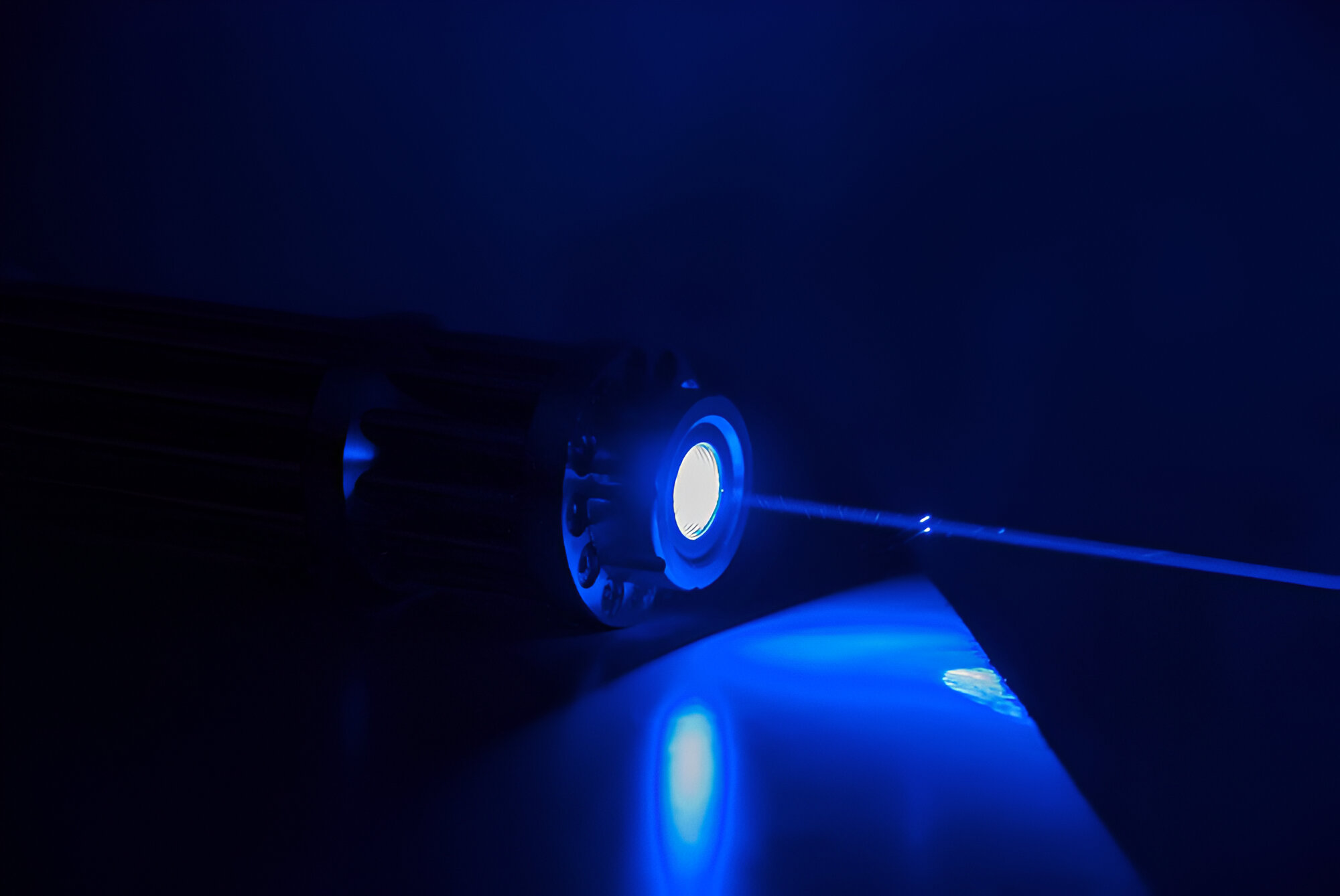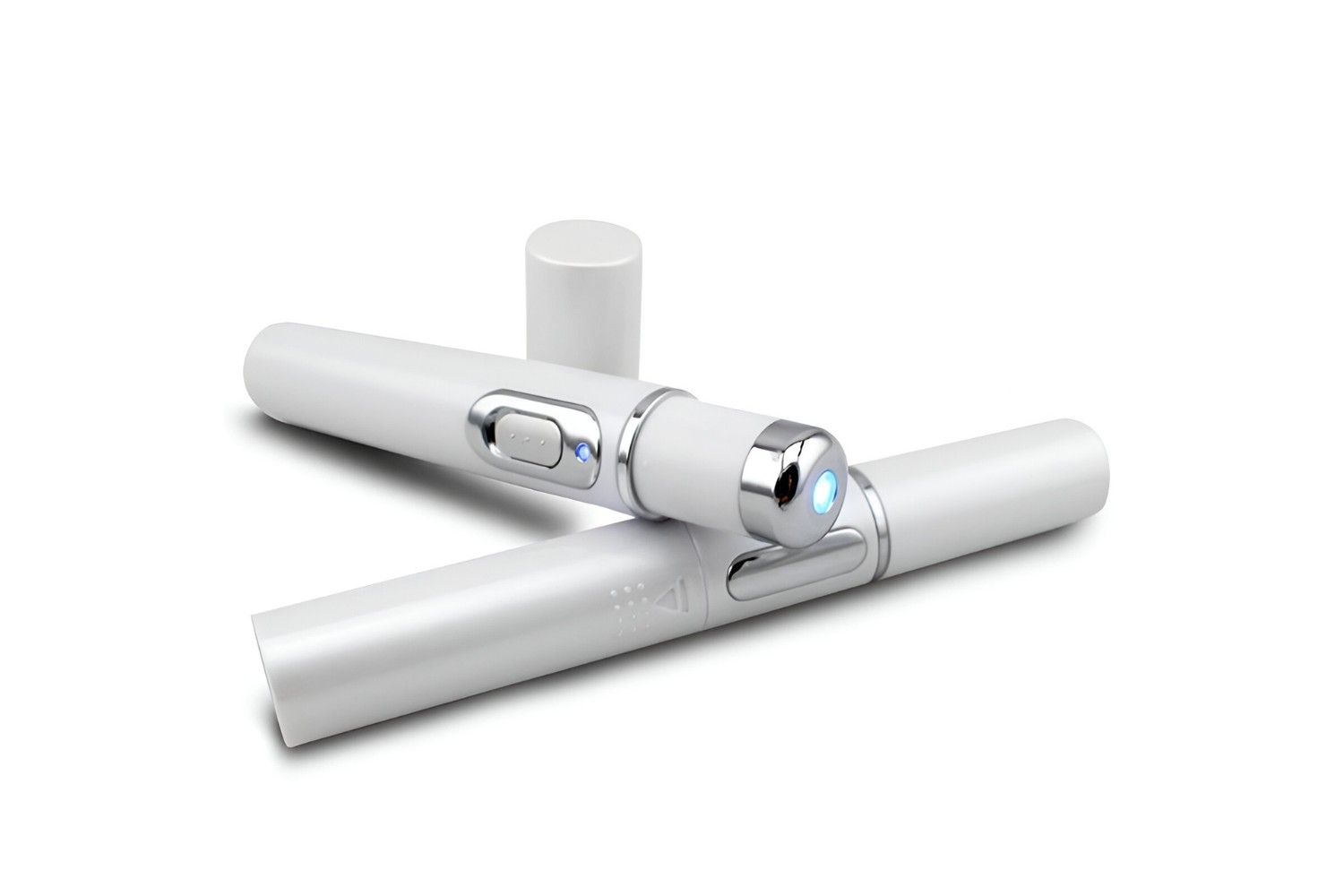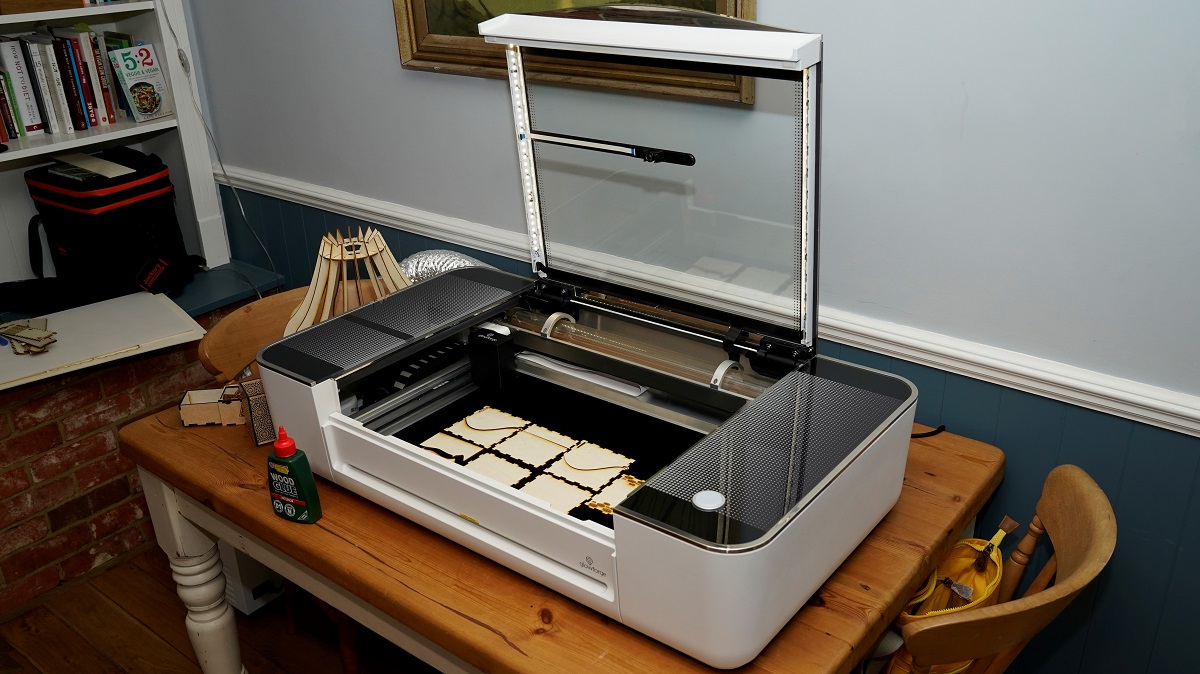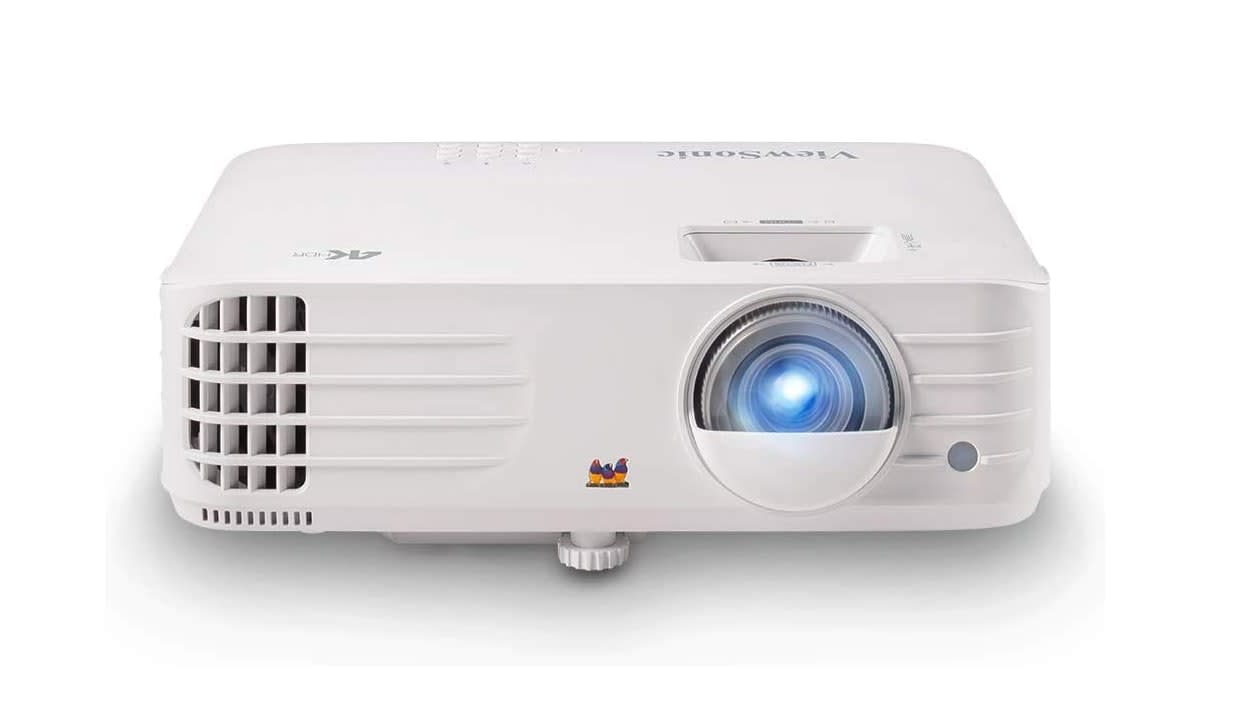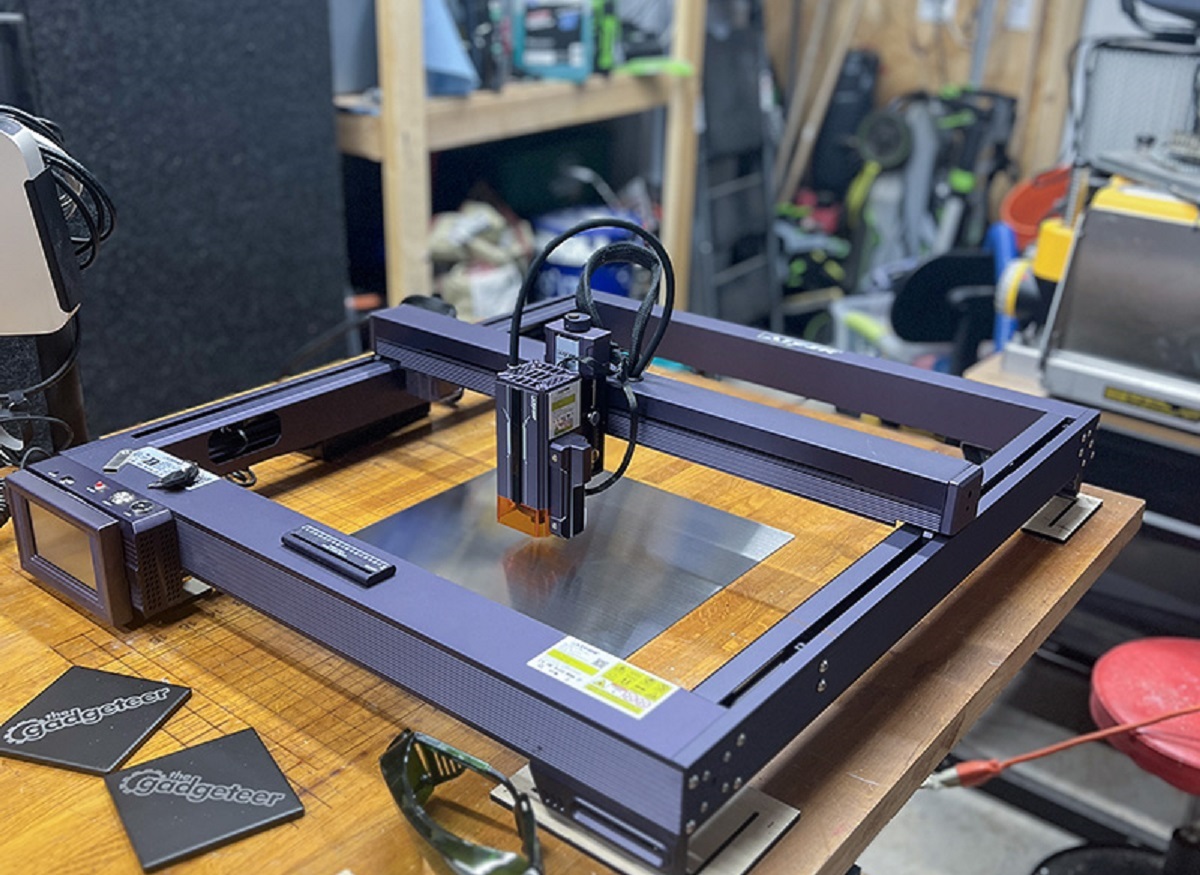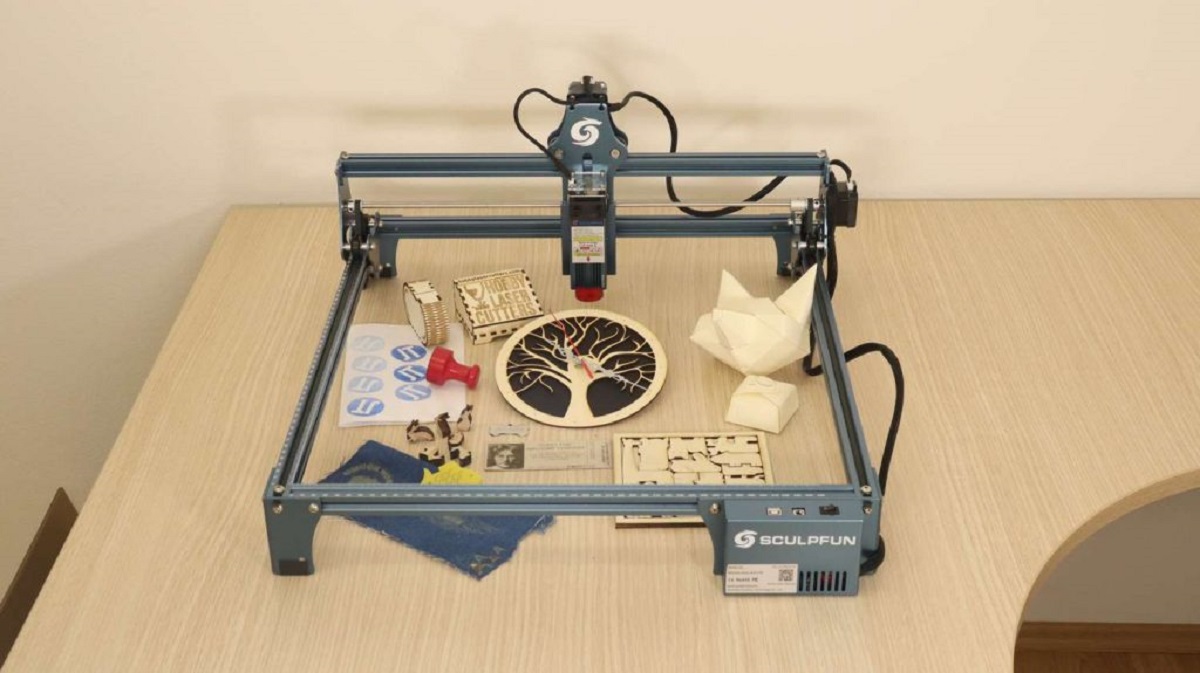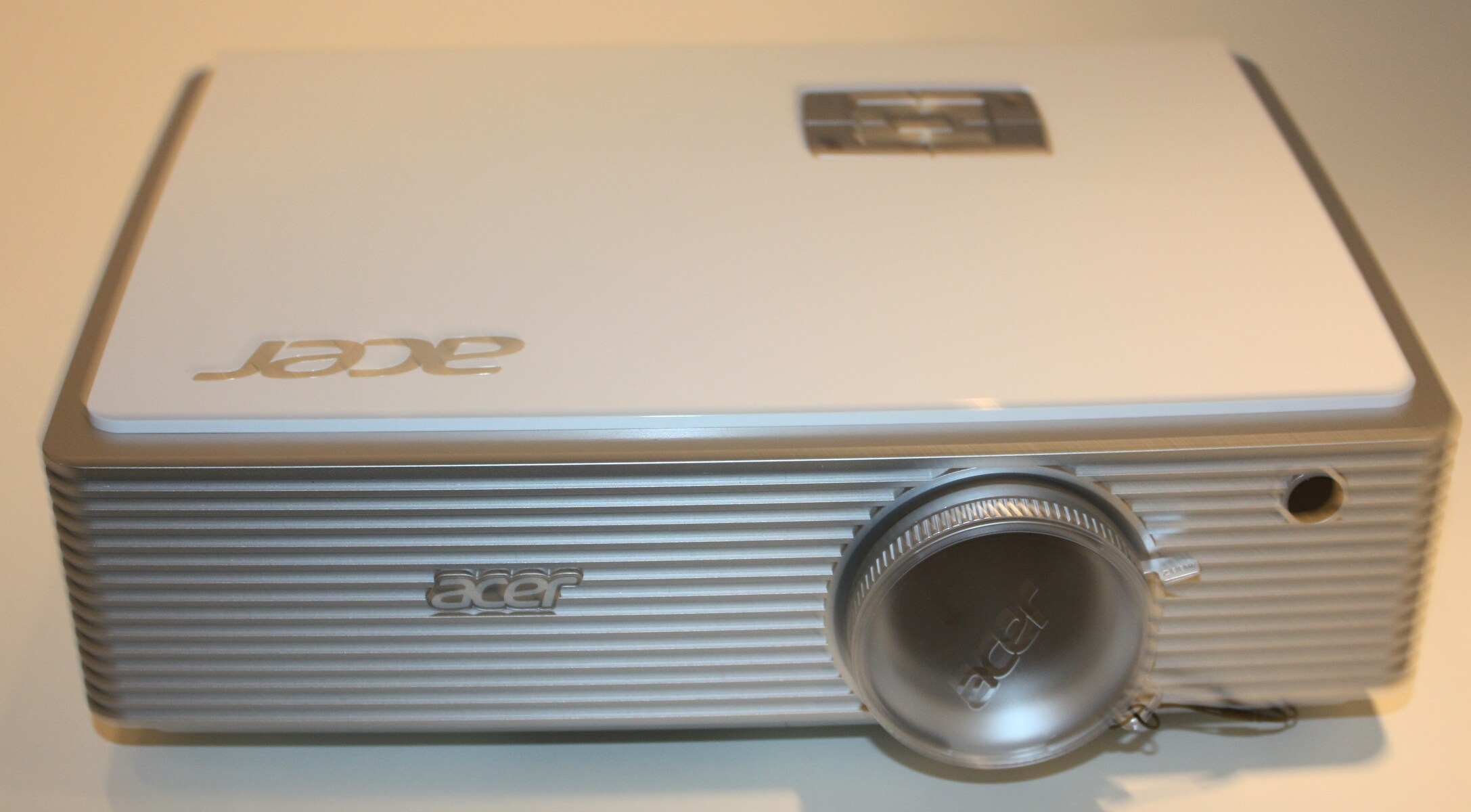Introduction
In a world driven by technological advancements, laser technology has emerged as a revolutionary force, transforming various industries and scientific fields. Among the diverse spectrum of laser devices, blue light laser pens have garnered significant attention due to their versatile applications and precision. These innovative tools harness the power of blue light to accomplish a multitude of tasks, ranging from medical procedures to industrial processes and scientific research.
The distinctive properties of blue light, with its shorter wavelength and higher energy, make it an ideal candidate for a wide array of applications. Blue light laser pens are designed to emit focused beams of intense blue light, enabling them to perform intricate tasks with exceptional accuracy. As a result, these devices have become indispensable in numerous sectors, offering unprecedented capabilities that were previously unattainable.
In this comprehensive exploration, we will delve into the multifaceted world of blue light laser pens, unraveling their significance and impact across various domains. From their pivotal role in medical interventions to their indispensable contribution to industrial and scientific endeavors, these cutting-edge tools have redefined the boundaries of what is achievable. Join us as we embark on an illuminating journey to understand the profound implications of blue light laser technology.
What is Blue Light Laser Technology?
Blue light laser technology harnesses the unique properties of blue light to achieve precision and efficiency in various applications. The utilization of blue light, which falls within the visible light spectrum with a wavelength range of approximately 400-500 nanometers, distinguishes this laser technology from its counterparts. The shorter wavelength and higher energy of blue light render it particularly suitable for performing intricate tasks with exceptional accuracy.
Blue light laser pens are designed to emit focused beams of intense blue light, enabling them to accomplish a diverse range of functions. These devices operate on the principle of stimulated emission, where photons are amplified and emitted as a coherent beam of light. The precision and controllability of blue light lasers make them indispensable in numerous industries and scientific endeavors.
One of the defining characteristics of blue light laser technology is its ability to achieve high levels of precision, making it ideal for delicate procedures. The focused blue light emitted by these pens allows for intricate and detailed work, whether it's in medical interventions, industrial processes, or scientific research. The precision of blue light lasers has paved the way for advancements in various fields, offering unparalleled capabilities that were previously unattainable.
Furthermore, the unique properties of blue light enable it to interact with certain materials in a distinct manner, leading to specific applications. For instance, in medical settings, blue light laser pens are utilized for procedures such as dermatological treatments, dental surgeries, and ophthalmic interventions. The ability of blue light to target specific tissues and interact with photoactive compounds has revolutionized the way certain medical procedures are performed, offering minimally invasive and highly precise solutions.
In industrial and manufacturing contexts, blue light laser technology plays a crucial role in processes such as precision cutting, engraving, and microfabrication. The ability of blue light lasers to achieve fine details and intricate patterns on various materials has significantly enhanced the efficiency and quality of manufacturing processes.
In scientific research, blue light laser pens are instrumental in fields such as spectroscopy, microscopy, and optogenetics. The precise control and focused energy of blue light enable researchers to explore and manipulate biological and chemical systems with unprecedented accuracy, leading to groundbreaking discoveries and advancements in diverse scientific disciplines.
In essence, blue light laser technology represents a paradigm shift in the realm of laser applications, offering a spectrum of opportunities across different domains. Its unique properties and precision capabilities have positioned blue light laser pens as indispensable tools, driving innovation and progress in medical, industrial, and scientific fields.
This section provides a comprehensive overview of blue light laser technology, elucidating its fundamental principles and highlighting its diverse applications across various sectors.
Medical Applications of Blue Light Laser Pens
Blue light laser pens have revolutionized medical interventions, offering a wide array of applications that capitalize on the precision and unique properties of blue light. These innovative devices have transformed various medical procedures, ranging from dermatological treatments to ophthalmic surgeries and dental interventions.
One of the prominent applications of blue light laser pens in the medical field is in dermatology. These devices are utilized for photodynamic therapy (PDT), a minimally invasive treatment for various skin conditions, including acne, psoriasis, and certain types of skin cancer. The blue light emitted by the laser pen activates a photosensitizing agent applied to the skin, leading to the destruction of targeted abnormal cells while preserving healthy tissue. This targeted approach minimizes damage to surrounding areas, making PDT an effective and precise treatment option.
In the realm of ophthalmology, blue light laser pens are instrumental in procedures such as retinal photocoagulation. This technique involves using the focused blue light to precisely seal leaking blood vessels in the retina, addressing conditions such as diabetic retinopathy and macular edema. The ability of blue light lasers to deliver controlled energy to the retina enables ophthalmologists to perform delicate procedures with exceptional accuracy, minimizing the risk to the surrounding tissues.
Furthermore, blue light laser pens are employed in dental surgeries, particularly for procedures like periodontal therapy and oral lesion treatment. The focused blue light can target specific areas within the oral cavity, facilitating precise and minimally invasive interventions. Additionally, the antimicrobial properties of blue light have been leveraged for disinfection in dental procedures, contributing to improved oral health outcomes.
The applications of blue light laser pens extend to other areas of medicine, including the treatment of certain types of cancer, where photodynamic therapy with blue light has shown promising results. Moreover, these devices are utilized in the field of otolaryngology for procedures such as vocal cord surgeries and treatment of laryngeal lesions, benefiting from the precision and targeted energy delivery of blue light lasers.
In summary, the medical applications of blue light laser pens encompass a wide spectrum of interventions, ranging from dermatological treatments to ophthalmic surgeries and dental procedures. The precision, targeted energy delivery, and minimally invasive nature of blue light technology have redefined the landscape of medical interventions, offering innovative solutions and improved outcomes for patients across diverse medical specialties.
Industrial and Manufacturing Uses of Blue Light Laser Pens
Blue light laser pens have revolutionized industrial and manufacturing processes, offering unparalleled precision and efficiency in a wide range of applications. These innovative devices have become indispensable in various sectors, from precision cutting and engraving to microfabrication and quality control.
One of the primary applications of blue light laser pens in industrial settings is precision cutting and engraving. The focused beams of intense blue light emitted by these devices enable manufacturers to achieve intricate and detailed cuts on various materials, including metals, plastics, and composites. This precision cutting capability has significantly enhanced the efficiency and quality of manufacturing processes, allowing for the production of intricate components and products with exceptional accuracy.
In addition to cutting and engraving, blue light laser pens are employed in microfabrication processes, where intricate patterns and structures are created on a microscale. These devices enable manufacturers to achieve precise and intricate designs on materials such as semiconductors, ceramics, and polymers, facilitating the production of miniaturized components for electronic devices, medical implants, and microelectromechanical systems (MEMS).
Furthermore, blue light laser technology plays a crucial role in quality control and inspection processes within the manufacturing industry. The focused and intense blue light beams are utilized for non-destructive testing, allowing for the detection of surface flaws, dimensional measurements, and material analysis. This capability ensures the quality and reliability of manufactured components, contributing to enhanced product performance and safety.
Moreover, blue light laser pens are instrumental in additive manufacturing processes, where layers of material are selectively fused to create three-dimensional objects. The precision and controllability of blue light lasers enable manufacturers to achieve intricate and complex geometries in additive manufacturing, leading to the production of high-quality and customized components for various industries, including aerospace, automotive, and healthcare.
In summary, the industrial and manufacturing uses of blue light laser pens encompass a diverse range of applications, including precision cutting, engraving, microfabrication, quality control, and additive manufacturing. The precision, controllability, and efficiency of blue light technology have revolutionized manufacturing processes, offering advanced capabilities that have redefined the production of components and products across numerous industries.
Scientific and Research Applications of Blue Light Laser Pens
Blue light laser pens have significantly advanced scientific research across various disciplines, offering precise and targeted capabilities that have propelled groundbreaking discoveries and innovations. The unique properties of blue light, including its shorter wavelength and higher energy, make it an ideal tool for a multitude of scientific and research applications.
In the field of spectroscopy, blue light laser pens play a pivotal role in analyzing the interaction of light with matter. The focused and intense blue light beams enable researchers to study the absorption, emission, and scattering of light by substances, leading to valuable insights into the fundamental properties of materials. Spectroscopic techniques utilizing blue light lasers have been instrumental in elucidating molecular structures, identifying chemical compounds, and exploring the behavior of biological molecules, contributing to advancements in chemistry, physics, and biochemistry.
Moreover, in microscopy, blue light laser pens offer unprecedented precision and resolution for imaging and analysis at the cellular and subcellular levels. Techniques such as confocal microscopy and multiphoton microscopy leverage the focused energy of blue light to visualize biological structures and processes with exceptional clarity and depth. The ability to precisely target specific regions within biological specimens has revolutionized the study of cellular dynamics, neuronal networks, and tissue morphology, leading to significant contributions in the fields of biology, neuroscience, and medicine.
Another notable application of blue light laser pens is in optogenetics, a cutting-edge research field that involves controlling and manipulating the activity of neurons and other cells using light. Blue light lasers are utilized to precisely stimulate light-sensitive proteins, known as opsins, within living tissues, enabling researchers to modulate cellular activity with high spatial and temporal resolution. This revolutionary approach has facilitated the exploration of neural circuits, behavior modulation, and the underlying mechanisms of neurological disorders, offering profound insights into brain function and potential therapeutic interventions.
Furthermore, blue light laser technology has found applications in photochemistry and photophysics, where the interaction of light with molecules is studied to understand chemical reactions and photoinduced processes. The precise energy delivery and controllability of blue light enable researchers to investigate photochemical pathways, photophysical phenomena, and light-induced transformations, leading to advancements in materials science, environmental chemistry, and photobiology.
In essence, the scientific and research applications of blue light laser pens encompass a diverse array of disciplines, including spectroscopy, microscopy, optogenetics, and photochemistry. The precision, controllability, and unique properties of blue light technology have propelled scientific exploration and discovery, offering transformative capabilities that have reshaped our understanding of the natural world and paved the way for future innovations.
Conclusion
In conclusion, the pervasive influence of blue light laser technology across diverse domains underscores its profound impact and transformative capabilities. From its pivotal role in medical interventions to its indispensable contribution to industrial processes and scientific research, blue light laser pens have redefined the boundaries of precision and innovation. The unique properties of blue light, including its shorter wavelength and higher energy, have positioned it as a versatile and powerful tool that continues to drive advancements in various fields.
In the realm of medicine, blue light laser pens have revolutionized dermatological treatments, ophthalmic surgeries, and dental procedures, offering minimally invasive and highly precise solutions. The targeted energy delivery and precision of blue light technology have transformed the landscape of medical interventions, providing innovative options for patients across diverse specialties.
In industrial and manufacturing contexts, blue light laser pens have enhanced precision cutting, engraving, microfabrication, and quality control processes, leading to improved efficiency and the production of intricate components with exceptional accuracy. The controllability and efficiency of blue light technology have redefined manufacturing processes, offering advanced capabilities that have reshaped the production of components and products across numerous industries.
Moreover, in scientific research, blue light laser pens have propelled groundbreaking discoveries and innovations in spectroscopy, microscopy, optogenetics, and photochemistry. The precise and targeted capabilities of blue light technology have revolutionized the study of materials, biological structures, cellular dynamics, and photoinduced processes, contributing to significant advancements in chemistry, biology, neuroscience, and materials science.
As we look to the future, the continued evolution and integration of blue light laser technology are poised to further expand the frontiers of what is achievable in medicine, industry, and scientific exploration. The relentless pursuit of precision, efficiency, and innovation drives the ongoing development and application of blue light laser pens, promising continued advancements and transformative impacts across diverse domains.
In essence, the profound implications of blue light laser technology underscore its status as a cornerstone of innovation, offering unparalleled capabilities that have reshaped the way we approach medical interventions, manufacturing processes, and scientific research. The journey of blue light laser pens is a testament to the enduring pursuit of precision and progress, setting the stage for a future defined by transformative advancements and boundless possibilities.







